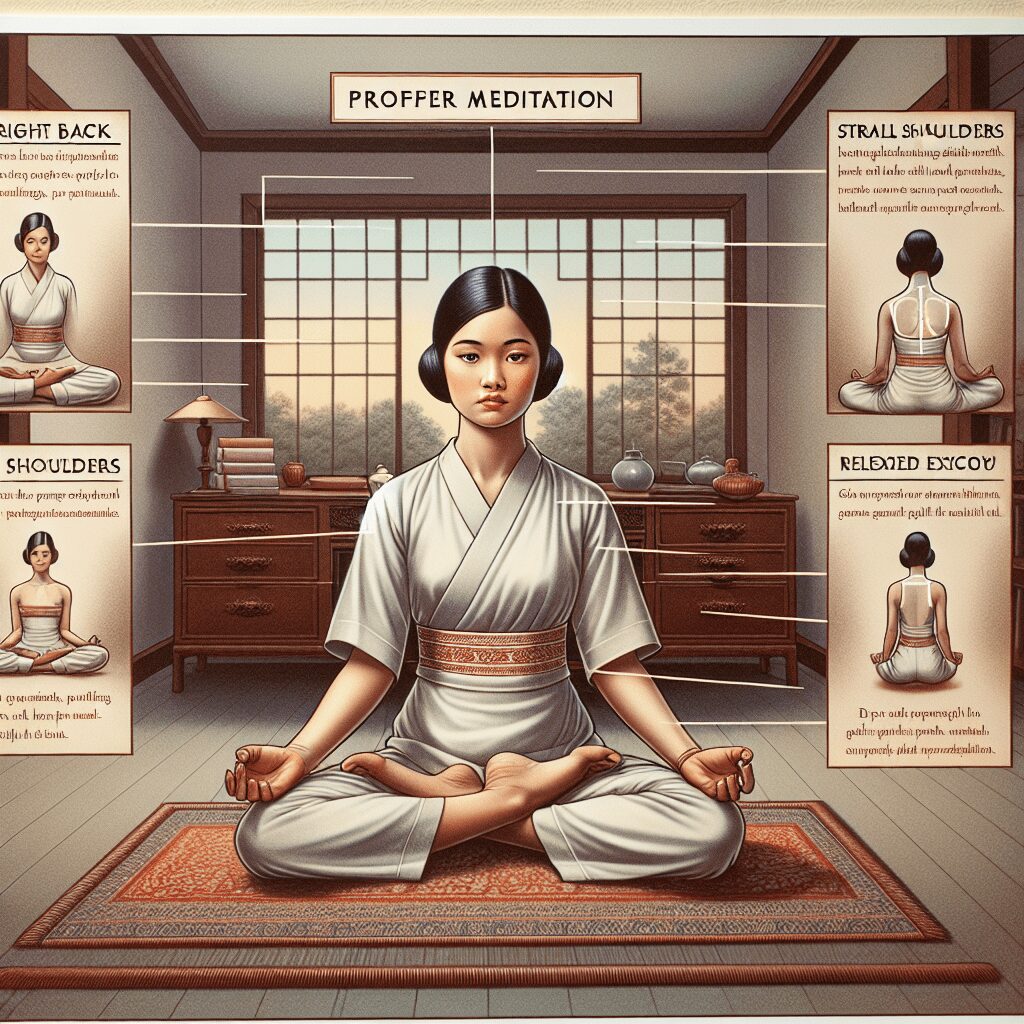
Prioritize your mental well-being daily. Enhance your life by nurturing your mental health with the Smart Meditation app. Break free from stress, alleviate anxiety, and enhance your sleep quality starting today.
How To Do Vipassana Meditation Yoga?
Unlocking the Peace Within: A Guide to Vipassana Meditation Yoga
In the hustle and bustle of modern life, finding a pocket of tranquility can seem like searching for a needle in a haystack. Enter Vipassana meditation yoga, an ancient practice with roots that delve deep into the rich soil of Buddhist philosophy. Renowned for its simplicity and profound impact on the practitioner’s mind and heart, Vipassana has surged in popularity worldwide. But what’s the real scoop on this practice?
Vipassana: The Art of Seeing Things as They Really Are
At its core, Vipassana meditation is all about mindfulness and insight. It’s a process of self-observation, aiming to purify the mind by rooting out suffering and its causes. Think of it as mental detoxification. By sitting in silent reflection and focusing on the present moment, you’re essentially giving your mind a much-needed break from the relentless chatter and chaos of daily life.
But how does one navigate this journey back to inner peace? Let’s dive in.
Starting With the Basics
First things first, you’ve got to set the scene. Find yourself a quiet spot where you won’t be disturbed—a little corner of serenity where you can sit comfortably for an extended period. And when we say comfortably, we mean it. No need to twist yourself into a pretzel. A simple cross-legged position or even sitting on a chair will do the trick.
-
Choosing the Time and Place: Early morning or late evening are prime times for meditation, offering a naturally peaceful backdrop for your practice. However, the best time is when you can consistently commit to it every day.
-
The Posture: Sit with your back straight, shoulders relaxed, and hands resting gently on your lap. This isn’t just about comfort; it’s about preparing your body to be an unobtrusive container for your mind’s work.
-
The Breath: Begin by focusing on your breath. No need to force it—just let it flow naturally. Notice the sensation of air entering and leaving your nostrils, or the rise and fall of your abdomen.
Delving Deeper: The Practice of Observing Sensations
As you get more comfortable with sitting still and concentrating on your breath, you’ll start noticing different sensations across your body—tingling, warmth, perhaps even discomfort. Here’s the kicker: observe these sensations without reaction. That’s right, no judging, no wishing the uncomfortable ones away. Just pure observation. This equanimity towards sensations is the crux of Vipassana meditation.
The magic of Vipassana lies in this non-reactivity. It teaches you to see the impermanent nature of your experiences. Just like the sensations that come and go, you begin to realize that all things—whether it’s a moment of anger, a bout of sadness, or a ripple of joy—are transient.
Making Vipassana a Part of Your Life
Incorporating Vipassana into your daily routine might seem daunting at first. After all, sitting quietly and observing your thoughts and sensations without judgment is no easy feat. However, the benefits are well worth the effort. From reduced stress and improved concentration to a deeper understanding of yourself and the world around you, the rewards are as rich as they are varied.
Here are a few tips to keep you on track:
- Start Small: Even five minutes a day can make a difference. Gradually increase your time as you get more comfortable with the practice.
- Consistency is Key: Try to meditate at the same time and place every day. This consistency helps build a solid meditation practice.
- Be Patient: Progress in meditation is slow and subtle. Don’t get discouraged by a wandering mind—it’s all part of the process.
Vipassana meditation is more than just a way to de-stress— it’s a path to profound insight and inner peace. By observing the sensations within your body without attachment or aversion, you learn a powerful lesson: the essence of impermanence and the ability to be at peace amidst the ever-changing nature of life.
So, why not give it a shot? After all, in the grand tapestry of life, a moment of stillness might just be what you need to see the bigger picture.





